Forklift mounted computers need power. That power comes from the lift’s DC battery. What you can connect and for how long can change from lift to lift. Computers running on electric lifts will have a different impact on the relationship from those mounted to a diesel powered lift. And what are you asking that device to do once you’ve connected it?
Whatever you ask, when it comes to lifts, tablets present more challenges and require more equipment to power than a purpose-built lift mounted computer. Tablets require a docking station, power converters and filters, and all the additional mounts, cabling, and harnesses needed to keep those components from interfering with the moving parts on the lift.
The second point in the Five Things to Consider When Using Tablet Computers in Forklift Applications is power and it reminds us that, “The purchase price and future maintenance costs of these additional components should be considered in the total cost of the tablet implementation.”
And there are other potential costs to consider.
Power management solutions often cannot be leveraged across the enterprise fleet because different forklift models are often used at different locations, or even within the same location. For example, electric forklifts are typically only used for indoor operations. These vehicles are powered by large batteries that range from 36V to 72V, depending on the model. These batteries need to be recharged at the end of the shift, which often involves removing the battery from the vehicle and replacing it with a charged battery.
If lift-trucks are to become the brain of your distribution center then they need to be on-line which means power, on demand, whether it is a 12v-24v lift or the 36v-72v- lift referenced above. Drops in voltage shouldn’t risk a system shutdown and spikes in voltage need to be managed. Tablets, for all their allure, are less capable and require more additional pieces to manage even the most forgiving lift environment without failing.
You also can’t use tablets in cold storage, and they are not designed for most outdoor lift use.
What they may have going for them, even with the added cost of extra pieces, is an attractive front-end price. So if someone were to engineer a price competitive VMT built to manage the wide range of power concerns implicit in any lift-PC partnership, it would be worth considering as an alternative to a tablet.

